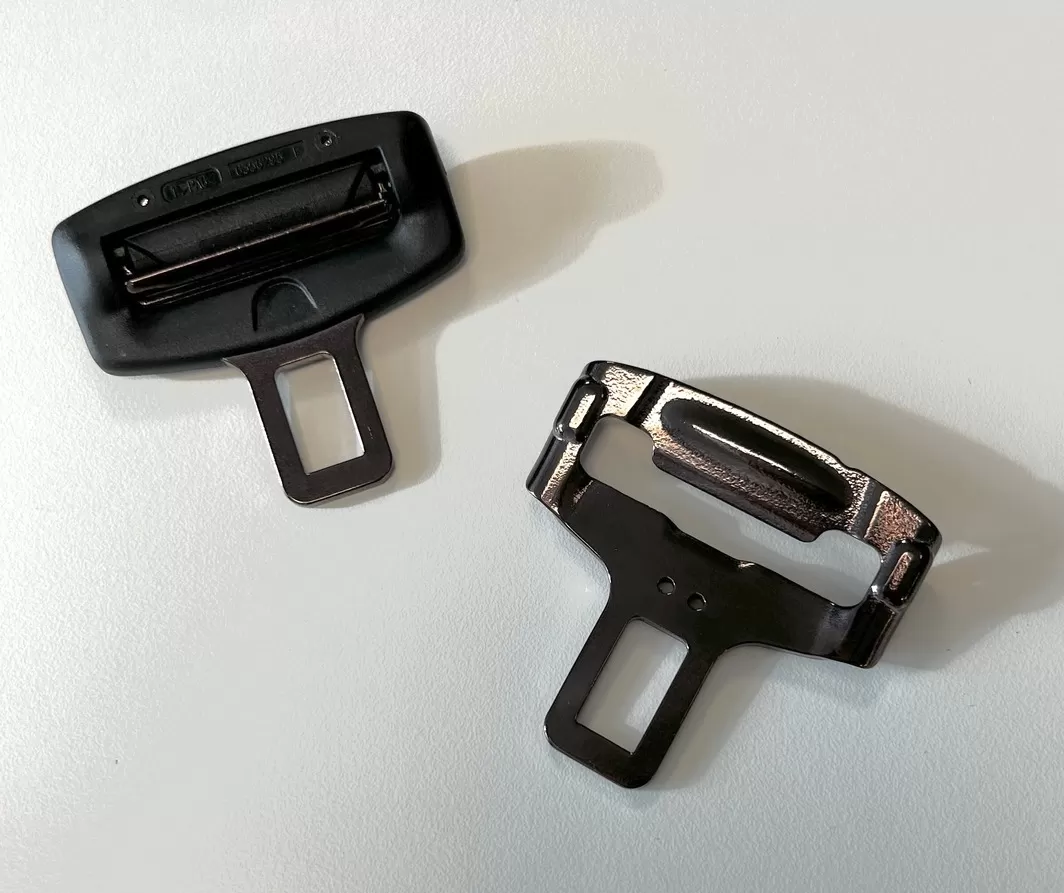
Climate change and resource scarcity are global megatrends driving significant environmental, social, political, and economic changes, bringing both risks and opportunities for businesses. We are committed to doing our part to increase resource efficiency and to reduce our greenhouse gas footprint.



